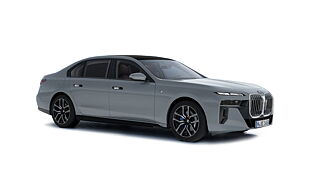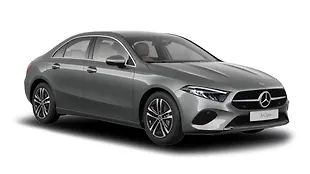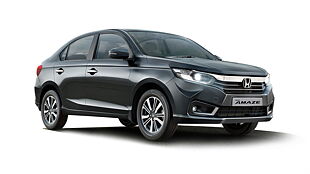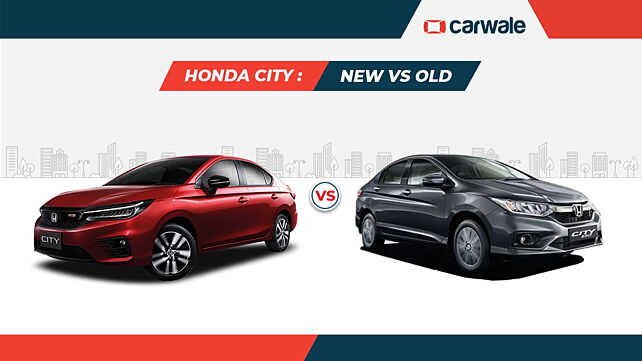
Honda took the covers off the new City in Thailand this week. This is the fifth generation of the Japanese sedan and is claimed to have been built from ground-up on a newer platform. It also gets a high-performance RS model for the first time. The new City will go on sale in Thailand by the end of this year and is expected to debut in India sometime in 2020. Since it is already ASEAN-spec, we expect it to hit our shores with little to no changes. So, let us take a look at what has changed in the new-gen City over the one currently sold here.
Exterior and Styling:

Simply put, the new City appears to have matured a bit. It adopts Honda’s newest family design with a sharp chrome slat slapped across the nose. It is identical to the one seen on the current-gen Amaze and the Civic. Flanking the chrome are redesigned headlamps which are bigger, sharper yet curvier and look better than the current one. While the bonnet slopes down on the current City, the new model gets a raised bonnet line with a sudden drop towards the grille. Even the 16-inch alloy wheels are redesigned and look more expensive rather than sporty.

In profile, the new City looks bigger and slightly boxier over its predecessor. The sharp shoulder crease is present, but the silhouette now looks stretched out. Even though the wheelbase is shortened by 11mm, the new City is 113mm longer, 53mm wider and sits 28mm lower. At the back, the most striking element is the tail. It appears to be inspired by the new G20 BMW 3 Series with its sleeker shape and LED lighting signature. The bumper is simple and lacks the additional design elements seen in the older model. However, the new design makes the City appear more modern and European to some extent.

Overall, the new City has gotten classier, slightly more mature with a touch of sportiness (especially in the RS guise where it gets a sporty diffuser, different alloys, contrasting elements like the spoiler, shark-fin antenna, ORVM, and black chrome slate on the nose). However, the design might not gel well with people who were expecting the new City to be more aggressive rather than upmarket.
Interior and features:

On the inside, the entire dashboard layout is revamped with newer elements while some of the older elements are present as well. Firstly, the dash is upright and has a single-tone finish compared to the contrast silver finishes seen on the current model. The air vents are well-defined and the new infotainment system is a much needed update. In the centre console, the feather-touch buttons have been replaced by a circular dial which looks practical as well. Another big change comes in the instrument cluster where the three-pod cluster of the current model makes way for a dual circular dial with a square MID screen in the middle.

In terms of equipment, the new eight-inch screen is compatible with smartphone connectivity, six airbags, ABS with EBD and brake distribution, hill-start assist, a multi-angle rearview camera and projector headlamps.
Engine and Gearbox:

The Thai-spec Honda City is powered by a new 120bhp/173Nm 1.0-litre three-cylinder, turbocharged petrol motor that is paired to a CVT automatic. Meanwhile, the Indian version will get a 118bhp 1.5-litre NA gasoline unit that will be paired to a compact dual-motor, mild-hybrid system. Additionally, we will also get a BS6 compliant 1.5-litre diesel engine that will generate around 99bhp and 200Nm. Transmission options will include a six-speed manual gearbox and a CVT, the latter of which might also be available with the diesel motor.


![Honda All New City [2020-2023] Image Honda All New City [2020-2023] Image](https://imgd.aeplcdn.com/272x153/n/cw/ec/40535/all-new-city-exterior-right-front-three-quarter.jpeg?q=80)
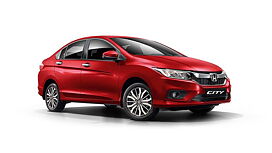
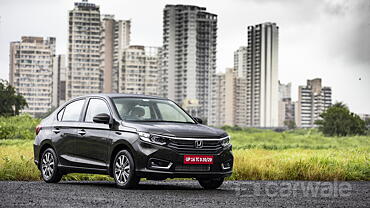
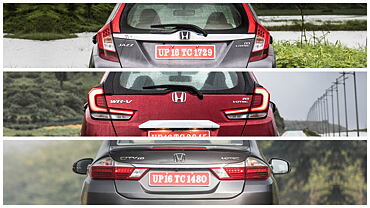
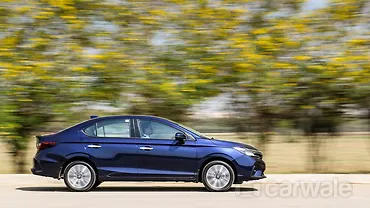
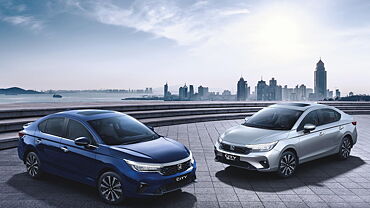
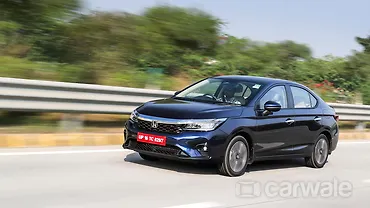



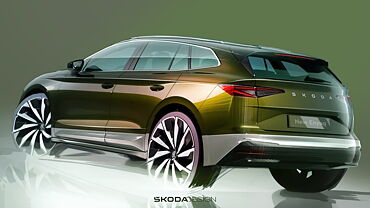

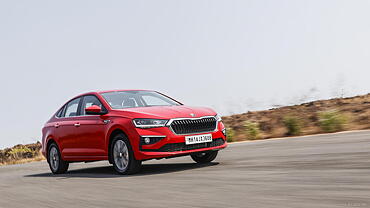




![Honda All New City [2020-2023] Right Front Three Quarter Honda All New City [2020-2023] Right Front Three Quarter](https://imgd.aeplcdn.com/199x112/n/cw/ec/40535/all-new-city-exterior-right-front-three-quarter.jpeg?q=80)
![Honda All New City [2020-2023] Right Front Three Quarter Honda All New City [2020-2023] Right Front Three Quarter](https://imgd.aeplcdn.com/199x112/n/cw/ec/40535/city-exterior-right-front-three-quarter-2.jpeg?q=80)
![Honda All New City [2020-2023] Right Side View Honda All New City [2020-2023] Right Side View](https://imgd.aeplcdn.com/199x112/n/cw/ec/40535/city-exterior-right-side-view.jpeg?q=80)
![Honda All New City [2020-2023] Steering Wheel Honda All New City [2020-2023] Steering Wheel](https://imgd.aeplcdn.com/199x112/n/cw/ec/40535/city-interior-steering-wheel.jpeg?q=80)
![Honda All New City [2020-2023] Instrument Cluster Honda All New City [2020-2023] Instrument Cluster](https://imgd.aeplcdn.com/468x263/n/cw/ec/40535/city-interior-instrument-cluster.jpeg?q=80)








